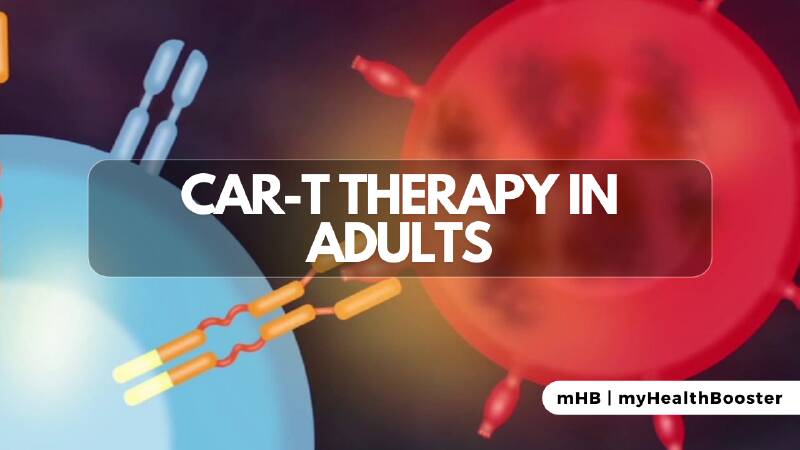CAR-T (Chimeric Antigen Receptor T-cell) therapy marks a groundbreaking approach in cancer treatment, particularly for adults. By genetically enhancing a patient’s T cells to recognize and combat specific cancer cells, this innovative therapy demonstrates notable success in hematologic malignancies, such as lymphomas and leukemias. Despite its transformative potential, ongoing research is essential to address challenges like cytokine release syndrome (CRS) and neurotoxicity, ensuring optimized safety and efficacy. As CAR-T therapy continues to progress, it heralds a new era in precision medicine, offering hope for enhanced outcomes and prolonged survival against cancer.
What is CAR-T Therapy?
Chimeric Antigen Receptor T-cell Therapy involves the genetic modification of a patient’s T cells, empowering them with chimeric antigen receptors (CARs). These receptors enable T cells to identify specific proteins on cancer cell surfaces, empowering them to target and eliminate these malignant cells.
CAR-T Therapy Process
The CAR-T therapy process encompasses the following stages:
- Collection of T Cells: T cells are extracted from the patient’s blood through leukapheresis.
- Genetic Changes: In the laboratory, T cells undergo genetic modifications to express CARs, enhancing their ability to target cancer cells.
- Expansion and Infusion: Modified T cells are cultured, expanded, and infused back into the patient’s bloodstream to locate and destroy cancer cells effectively.
When is CAR-T Therapy Needed in Adults?
CAR-T therapy proves beneficial in treating specific cancer types:
- Hematologic Malignancies: Successful outcomes have been observed in treating B-cell lymphomas and leukemias.
- Solid Tumors: Ongoing research explores the potential application of CAR-T therapy in solid tumors like pancreatic, ovarian, and lung cancers.
Challenges and Considerations
While CAR-T therapy demonstrates success, it introduces challenges:
- Cytokine Release Syndrome (CRS): A potential side effect causing fever and organ dysfunction, closely monitored during and after infusions.
- Neurological Toxicities: Patients may experience varying degrees of neurological side effects, necessitating vigilant monitoring and early intervention.
- Long-term Outcomes: Assessing the durability and long-term efficacy of CAR-T therapy remains an ongoing challenge, demanding continuous research.
Future Aspects of CAR-T Therapy
The future holds promising developments:
- Expanding the Spectrum: Clinical trials explore broader applications of CAR-T therapy, extending its impact beyond hematologic malignancies.
- Combination Therapies: Researchers investigate combining CAR-T therapy with other modalities like checkpoint inhibitors and traditional chemotherapy for enhanced effectiveness.
Summary
CAR-T therapy stands as a revolutionary breakthrough in adult cancer treatment. Despite challenges, its success stories and ongoing research emphasize its vast potential. As CAR-T therapy integrates into mainstream oncology, it pledges to transform cancer treatment, instilling fresh hope in patients facing challenging diagnoses.
FAQs
- What is CAR-T therapy, and how does it work in adults?
- A. CAR-T therapy reprograms T cells in adults to target and destroy cancer cells, harnessing the immune system to combat specific cancers.
- What cancers can be treated with CAR T-cell therapy?
- A. CAR T-cell therapy is primarily used for hematologic malignancies like B-cell lymphomas and leukemias, with ongoing research exploring its application in other cancers.
- What is the success rate of CAR-T cancer treatment?
- A. The success rate varies depending on the cancer type, with some cases showing remarkable efficacy and durable remissions.
- What cancers is CAR T approved for?
- A. CAR T-cell therapy is approved for B-cell acute lymphoblastic leukaemia (B-ALL) in children and young adults, as well as adults with certain types of B-cell lymphomas. Ongoing research aims to expand approvals for other cancers.
